Grassroots Legacy
In the subsequent two decades after the formation of Banana Kelly, billions of public dollars were invested in the neighborhood, leveraging additional private investment and resulting in the construction or renovation of tens of thousands of residential units. The presence of Banana Kelly and other strong grassroots organizations gave the neighborhood an institutional advantage over other depressed parts of the city, resulting in a disproportionate share of investment and a remarkable restoration of a sense of community order.
The investment paid off financially for the city in the return of considerable amounts of property to the city's tax rolls. The strengthening of the community resulted in levels of crime reductions that significantly outpaced reductions in other depressed areas of the city, despite the high numbers of teenagers and young adults residing in the area. But unlike the urban renewal efforts in areas like Manhattan's Upper West Side or later gentrification trends in neighborhoods like Harlem, these gains came while the neighborhood remained something unique in the city: "...a place where lower-income people [could] live affordably, in tranquility and safety" (Grogan and Proscio 2000, 29).
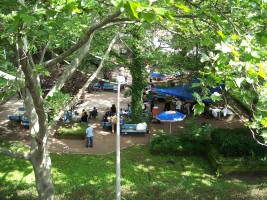
Block party at Adams Houses

Adams Houses

East 152nd Street

New buildings - Wales Ave at E 152nd

Union Ave at East 152nd
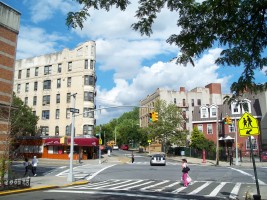
Kelly Street at Prospect Ave

620 Prospect Ave

Kelly Street at Prospect Ave
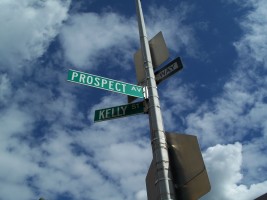
Kelly Street at Prospect Ave
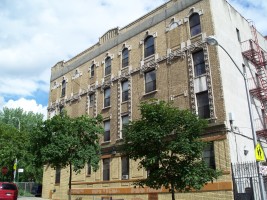
Kelly Street at Ave St. John

Kelly Street at Ave St. John
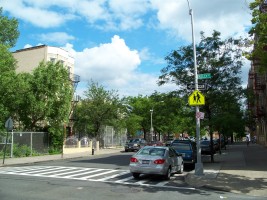
Demera/Santiago Garden
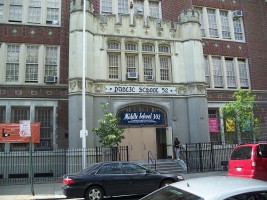
PS 52 / MS 302
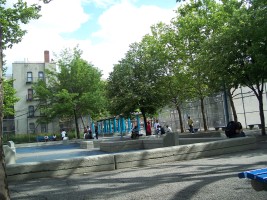
Playground 52
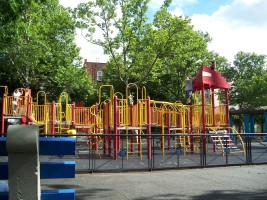
Playground 52

Kelly Street at Leggett Ave
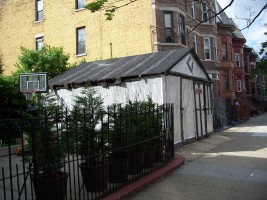
Shed on Kelly St
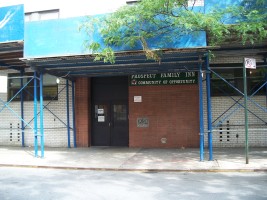
Prospect Family Inn